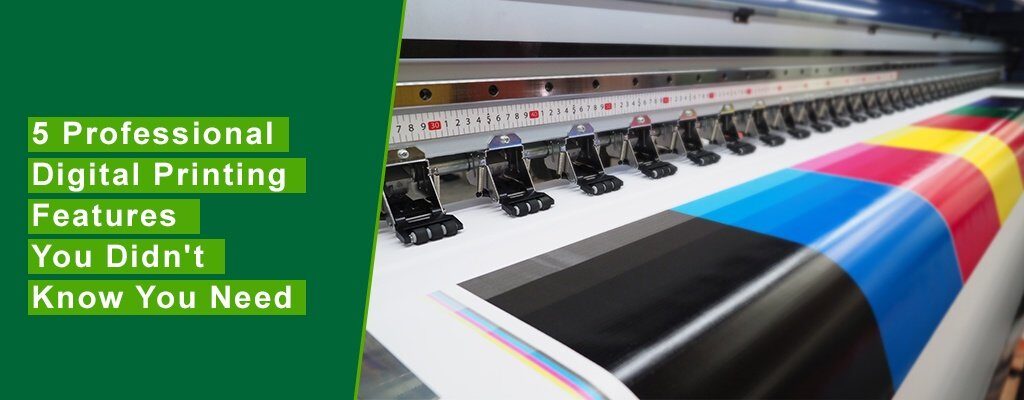Explore the advantages and disadvantages of launching a print on demand shop on the web.
Explore the advantages and disadvantages of launching a print on demand shop on the web.
Blog Article
Understanding How Digital Printing Changes the Printing Industry
The printing industry, long steeped in conventional techniques, is undertaking an extreme improvement with the arrival of electronic printing. This innovative innovation, which eschews the requirement for printing plates, makes it possible for rapid manufacturing and personalization, improving the landscape of print interaction. With its possible to spur involvement via personalized content and to offer lasting services, it's clear that digital printing is greater than a technological innovation; it's a crucial game changer. But just how specifically does it reinvent the sector? Let's explore.
The Evolution of Digital Printing: A Brief Summary
Since its beginning, electronic printing has undergone considerable transformations, continuously revolutionizing the printing market. With the arrival of the 90s, digital printing modern technology started to develop, and the sector experienced the introduction of direct imaging presses, which removed the need for printing plates. As the new millennium unfolded, developments in modern technology further stimulated the development of electronic printing, leading to the production of high-speed inkjet printers.

Unpacking the Technology Behind Digital Printing
Digging right into the ins and outs of digital printing innovation, one runs into an abundant tapestry of innovative machinery and complex formulas. At the heart of this procedure lies a digital image, which is processed by software that separates it right into a grid of dots. This complex system, reinforced by innovative software and high-resolution imaging, has actually changed the landscape of the printing sector, leading the method for extraordinary degrees of detail and accuracy.

The Advantages of Digital Printing for Companies
Recognizing the modern technology behind digital printing offers a clear photo of its precision and information. For organizations, this converts into countless benefits. Electronic printing uses extraordinary rate, making it possible for companies to meet limited due dates without compromising on top quality. Next off, it decreases costs as there are no plates or physical setup, making it best for small-volume printing tasks. This technology supplies exceptional uniformity with each print output, removing variants commonly seen in typical methods. Electronic printing is ecologically friendly, making use of much less ink and generating much less waste. Nonetheless, the full potential of digital printing is realized when made use of for personalization and customization, a subject that will certainly be covered comprehensive in the following section.
The Duty of Digital Printing in Modification and Personalization
While standard printing techniques have problem with modification and personalization, electronic printing masters these areas. It enables the simple modification of designs, without the need for expensive and lengthy plate modifications (print on demand). This allows businesses to tailor items to specific customers, conference details requirements and boosting consumer fulfillment
Digital printing additionally enables for variable information printing, where elements such as text, graphics, and images might be transformed from one published item to the following, without decreasing the printing procedure. This is especially advantageous for straight site advertising and marketing projects, where personalized messaging can pop over to this site substantially improve reaction prices. By doing this, digital printing not only changes the printing sector yet also changes the method services communicate with their clients.
Evaluating the Ecological Impact of Digital Printing
Although electronic printing has actually been lauded for its role in personalization and personalization, it is crucial to analyze its ecological impact. Digital printing can be less wasteful than traditional techniques, since it operates a 'print as needed' basis, getting rid of the requirement for huge print runs that can cause excess and waste. In addition, it uses less chemicals and creates much less unpredictable natural substances (VOCs) compared to counter printing. The energy usage of electronic printers can be high, leading to raised carbon impact. Additionally, using non-recyclable printing components and the obstacle of e-waste monitoring position significant environmental concerns. While electronic printing has lots of advantages, its environmental effect needs to be diligently handled.
Final thought
In final thought, digital printing has actually changed the printing market, providing rapid, cost-effective, i thought about this and premium solutions - print on demand. Recognizing these changes is critical for companies to take advantage of the benefits of digital printing properly.
Report this page